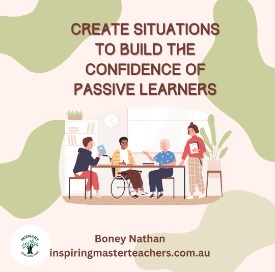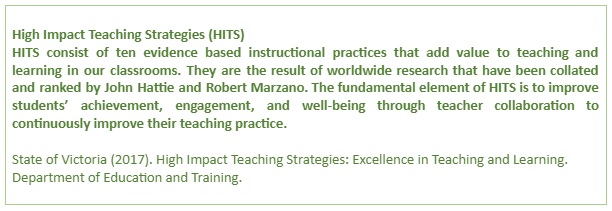SUMMARY
Collaborative Learning – how do I do this in my classroom?
We all want our students to experience success in the classroom. In this episode, discover how to embed cooperative learning in your classroom.
Cooperative Learning vs Collaborative Learning. What is the difference?
Creating higher levels of student engagement through active participation. What is the best way to do this?
Group Work vs Cooperative Learning. Is there a big difference?
Watch the full video to get a better understanding.
Already have the Collaborative Classroom – 50 Cooperative Learning Strategies for Student Engagement? Send us feedback here
Want the book at a discounted price? Email me for more details. Free postage across Australia.
People often ask me what is the difference between collaborative and cooperative learning. Actually, cooperative learning is a group of strategies and when you add them into your lessons, collaborative learning happens automatically.
The reason we want to do this is to get more students, more engaged, more of the time and we can induce that collaboration by adding cooperative learning strategies into our lessons. According to Professor Hattie (2009), the effect size of cooperative learning is 0.59 if you compare it to individual work and 0:54 if you compare it to competitive work.
Therefore, there is a very high level of positive impact on student engagement when we embed cooperative learning strategies into our lessons. We often make the mistake of thinking that it is the same as group work. Understanding that cooperative learning is not group work is essential to its success in our classrooms. Group work is just students working in a group. There may not be clear directions on what needs to happen or who is doing what. This may allow the stronger and more extroverted students to take over. Whereas in cooperative learning, the tasks are significantly linked to the success criteria.

We provide students with roles to ensure active participation. We can assign passive roles for our nonverbal EAL students. For example, they can be timekeepers but they are still part of the team and contribute actively to the task that has been set. Basically, what we are doing with the passive roles is to build confidence for the shy students to slowly be visible and participate in public. Hopefully, at some point, they will be able to take on more active roles.
When organising cooperative learning strategies in our lessons, we have to pre-teach the social skills that are needed to make that teamwork successful. We have to have modeled and scaffolded all the steps we want our students to take and we can group them according to the task. We will explore research and facts about grouping in our next video and blog.
So how do we then create successful collaborative tasks in our classrooms? We can begin this practice by embedding a 20-minute cooperative learning strategy into our lesson in order to create meaningful circumstances for our students to be actively present. This allows for opportunities to complete mini tasks that build up towards achieving the success criteria of the lesson.
If you are looking for cooperative learning ideas, look no further. I have co-written a book with 50 strategies that you can insert into any year level or curriculum area. You can also go to my website and download a free booklet with five cooperative learning strategies that you can start using right away.
Remember that we are not doing cooperative learning strategies all the time and in all our lessons. We use them when we think that they would benefit our students in achieving success. As they can be used at any level and in any subject, you can use the same one until you and your students are comfortable and confident with that strategy before you move on to a new strategy.

